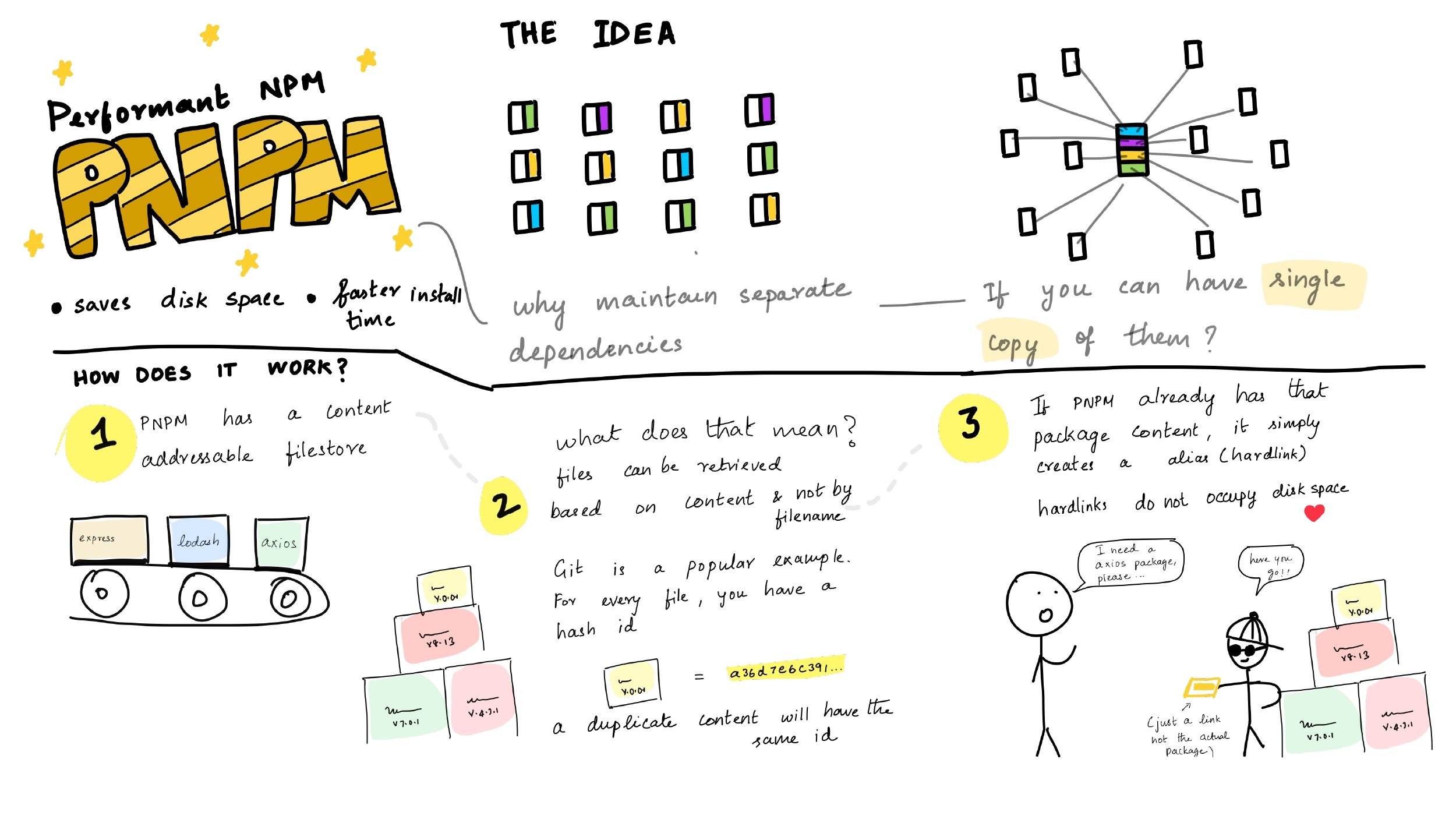Vue3.0——reactive和ref原理
Vue3采用了新的Proxy实现数据拦截,但Proxy还是只能代理一层。对于深层的对象需要递归代理,相比2.0在初始化递归,3.0的运行时递归,大大减少了初始化的递归性能消耗。
Proxy
首先简单了解下Proxy,方便后面学习reactive和ref原理。
Proxy 对象用于创建一个对象的代理,从而实现基本操作的拦截和自定义(如属性查找、赋值、枚举、函数调用等)。
基础示例:
1
2
3
4
5
6
7
8
9
10
11
12
13
14
15
16
17
18
19
20
21
22
23
24
25
| const handler = {
get: function (target, prop) {
console.log('getting key: ' + prop);
return target[prop];
},
set: function (target, prop, value) {
console.log('setting key: ' + prop + ', value: ' + value);
target[prop] = value;
return true;
}
};
const p = new Proxy({}, handler);
p.a = 1;
p.b = undefined;
console.log(p.a, p.b);
console.log('c' in p, p.c);
|
Proxy一起的还有另外一位小伙伴Reflect。
Reflect对象的方法与Proxy对象的方法一一对应,只要是Proxy对象的方法,就能在Reflect对象上找到对应的方法。这就让Proxy对象可以方便地调用对应的Reflect方法,完成默认行为,作为修改行为的基础。也就是说,不管Proxy怎么修改默认行为,你总可以在Reflect上获取默认行为。
1
2
3
4
5
6
7
8
9
10
11
12
13
14
| const handler = {
get: function (target, prop, receiver) {
console.log('getting key: ' + prop);
return Reflect.get(target, prop, receiver);
},
set: function (target, prop, value, receiver) {
console.log('setting key: ' + prop + ', value: ' + value);
return Reflect.set(target, prop, value, receiver);
}
};
|
Proxy API具体用法详见官方文档。MDN文档传送门
为什么要选用Proxy
Vue3.0 为什么选用Proxy而不是沿用 Object.defineProperty呢?
Proxy 的优势如下:
- Proxy 可以直接监听对象而非属性;
- Proxy 可以直接监听数组的变化;
- Proxy 有多达 13 种拦截方法,不限于 apply、ownKeys、deleteProperty、has 等等是 Object.defineProperty 不具备的;
- Proxy 返回的是一个新对象,我们可以只操作新的对象达到目的,而 Object.defineProperty 只能遍历对象属性直接修改;
- Proxy 作为新标准将受到浏览器厂商重点持续的性能优化,也就是传说中的新标准的性能红利;
Object.defineProperty 的优势如下:
- 兼容性好,支持 IE9,而 Proxy 的存在浏览器兼容性问题,而且无法用 polyfill 磨平,因此 Vue 的作者才声明需要等到下个大版本( 3.0 )才能用 Proxy 重写。
对于监听数组变化我们可以来做一个对比
Proxy代理数组:
1
2
3
4
5
6
7
8
9
10
11
12
13
14
15
16
17
18
19
20
21
| let arr = [1, 1, 2, 3];
let handler = {
get (target, prop, receiver) {
console.log('getting key: ' + prop);
return Reflect.get(target, prop, receiver);
},
set (target, prop, value, receiver) {
console.log('setting key: ' + prop + ', value: ' + value);
return Reflect.set(target, prop, value, receiver);
}
}
let proxyArray = new Proxy(arr, handler);
proxyArray.push(4);
proxyArray[0] = 0;
|
**Object.defineProperty **代理数组:
1
2
3
4
5
6
7
8
9
10
11
12
13
14
15
16
17
18
19
20
21
22
23
24
25
| const orginalProto = Array.prototype;
const arrayProto = Object.create(orginalProto);
const methodsToPatch = [
'push',
'pop',
'shift',
'unshift',
'splice',
'sort',
'reverse'
];
methodsToPatch.forEach(method => {
arrayProto[method] = function () {
orginalProto[method].apply(this, arguments);
console.log('数组改变:', method , ...arguments);
}
})
let arr = [1, 1, 2, 3];
arr.__proto__ = arrayProto;
arr.push(4);
arr[0] = 0;
console.log(arr);
|
上面两种实现数组代理方式对比,实现上Proxy来的更便捷,且能监听到通过数组下标改变数组值的形式。而Object.defineProperty则是通过重写原型上的方式来监听数组的变化,而且监听不到通过数组下标改变数组值的形式。
reactive 原理
一些工具函数,后面会一一用到。
1
2
3
4
5
6
|
const isObject = val => val !== null && typeof val === 'object';
const hasChanged = (value, oldValue) => value !== oldValue && (value === value && oldValue === oldValue);
const hasOwn = (val, key) => Object.hasOwnProperty.call(val, key);
|
首先我们需要一个reactive方法用来创建响应式数据
1
2
3
4
|
function reactive(target) {
return createReactiveObject(target, baseHandlers);
}
|
createReactiveObject方法创建一个Proxy实例
1
2
3
4
5
6
7
8
|
const baseHandlers = {
get, set
}
function createReactiveObject(target, baseHandlers) {
return new Proxy(target, baseHandlers);
}
|
1
2
3
4
5
6
7
8
9
10
11
12
13
14
15
16
17
18
19
20
21
22
23
24
25
26
27
28
29
30
31
32
33
34
35
36
|
```javascript
// 生成get
function createGetter() {
return function get(target, key, recevier) {
const result = Reflect.get(target, key, recevier);
console.log(`getting key: ${key}`);
// 深层代理
if (isObject(result)) {
return reactive(result);
}
return result
}
}
// 生成set
function createSetter() {
return function set(target, key, value, recevier) {
const oldValue = target[key];
const hadKey = hasOwn(target, key);
const result = Reflect.set(target, key, value, recevier);
if (!hadKey) {
console.log(`add key:${key},value:${value}`);
// trigger(target, 'add' /* ADD */, key, value);
} else if (hasChanged(value, oldValue)) {
console.log(`set key:${key},value:${value}`);
// trigger(target, 'set' /* SET */, key, value, oldValue);
}
return result
}
}
const get = createGetter();
const set = createSetter();
|
测试reactive
1
2
3
4
5
6
7
8
9
10
11
12
13
| const proxyObj = reactive({
id: 1,
name: 'tab',
childObj: {
age: 24
}
})
proxyObj.name = 'xxTab';
proxyObj.childObj.age = 2;
|
总结reactive`原理:
reactive本质上就是一个Proxy实例,无非就是在set和get拦截器上加了一些自身的逻辑。比如get拦截器收集依赖,set拦截器触发相关依赖。
ref 原理
还是一样需要一个暴露出来的ref方法.
1
2
3
4
5
6
7
| function createRef(rawValue, shallow = false) {
return new RefImpl(rawValue, shallow)
}
function ref(value) {
return createRef(value)
}
|
RefImpl核心类,实现ref的初始化,以及相应的get和set
1
2
3
4
5
6
7
8
9
10
11
12
13
14
15
16
17
18
19
| class RefImpl {
constructor(_rawValue, _shallow = false) {
this._rawValue = _rawValue;
this._shallow = _shallow;
this.__v_isRef = true;
this._value = _shallow ? _rawValue : convert(_rawValue);
}
get value() {
return this._value;
}
set value(newVal) {
if (hasChanged(toRaw(newVal), this._rawValue)) {
this._rawValue = newVal;
this._value = this._shallow ? newVal : convert(newVal);
}
}
}
|
工具方法
1
2
3
4
5
6
|
const convert = val => (isObject(val) ? reactive(val) : val);
function toRaw(observed) {
return (observed && toRaw(observed['__v_raw'])) || observed
}
|
测试ref
1
2
3
4
5
6
| let num = ref(1)
num.value = 10;
let data = ref([1, 2, 3])
data.value.push(4)
console.log(data.value[3])
|
总结ref原理:
核心类 RefImpl ,我们可以看到在类中使用了经典的 get/set 存取器,来进行追踪和触发。
convert 方法让我们知道了 ref 不仅仅用来包装一个值类型,也可以是一个对象/数组,然后把对象/数组再交给 reactive 进行代理。
完整代码
1
2
3
4
5
6
7
8
9
10
11
12
13
14
15
16
17
18
19
20
21
22
23
24
25
26
27
28
29
30
31
32
33
34
35
36
37
38
39
40
41
42
43
44
45
46
47
48
49
50
51
52
53
54
55
56
57
58
59
60
61
62
63
64
65
66
67
68
69
70
71
72
73
74
75
76
77
78
79
80
81
82
83
84
85
86
87
88
89
90
91
92
93
94
95
96
97
98
99
100
101
102
103
104
105
106
107
108
109
110
111
112
113
114
115
116
117
118
119
120
121
122
123
124
|
const isObject = val => val !== null && typeof val === 'object';
const hasChanged = (value, oldValue) => value !== oldValue && (value === value && oldValue === oldValue);
const hasOwn = (val, key) => Object.hasOwnProperty.call(val, key);
function createGetter () {
return function get (target, key, recevier) {
const result = Reflect.get(target, key, recevier);
console.log(`getting key: ${key}`);
if (isObject(result)) {
return reactive(result);
}
return result
}
}
function createSetter () {
return function set (target, key, value, recevier) {
const oldValue = target[key];
const hadKey = hasOwn(target, key);
const result = Reflect.set(target, key, value, recevier);
if (!hadKey) {
console.log(`add key:${key},value:${value}`);
} else if (hasChanged(value, oldValue)) {
console.log(`set key:${key},value:${value}`);
}
return result
}
}
const get = createGetter();
const set = createSetter();
const baseHandlers = {
get, set
}
function createReactiveObject (target, baseHandlers) {
return new Proxy(target, baseHandlers);
}
function reactive (target) {
return createReactiveObject(target, baseHandlers);
}
const proxyObj = reactive({
id: 1,
name: 'tab',
childObj: {
age: 24
}
})
proxyObj.name = 'xxTab';
proxyObj.childObj.age = 2;
const convert = val => (isObject(val) ? reactive(val) : val);
function toRaw (observed) {
return (observed && toRaw(observed['__v_raw'])) || observed
}
class RefImpl {
constructor(_rawValue, _shallow = false) {
this._rawValue = _rawValue;
this._shallow = _shallow;
this.__v_isRef = true;
this._value = _shallow ? _rawValue : convert(_rawValue);
}
get value () {
return this._value;
}
set value (newVal) {
if (hasChanged(toRaw(newVal), this._rawValue)) {
this._rawValue = newVal;
this._value = this._shallow ? newVal : convert(newVal);
}
}
}
function createRef (rawValue, shallow = false) {
return new RefImpl(rawValue, shallow)
}
function ref (value) {
return createRef(value)
}
function shallowRef (value) {
return createRef(value, true)
}
function isRef (r) {
return Boolean(r && r.__v_isRef === true);
}
function unRef (ref) {
return isRef(ref) ? ref.value : ref;
}
|




